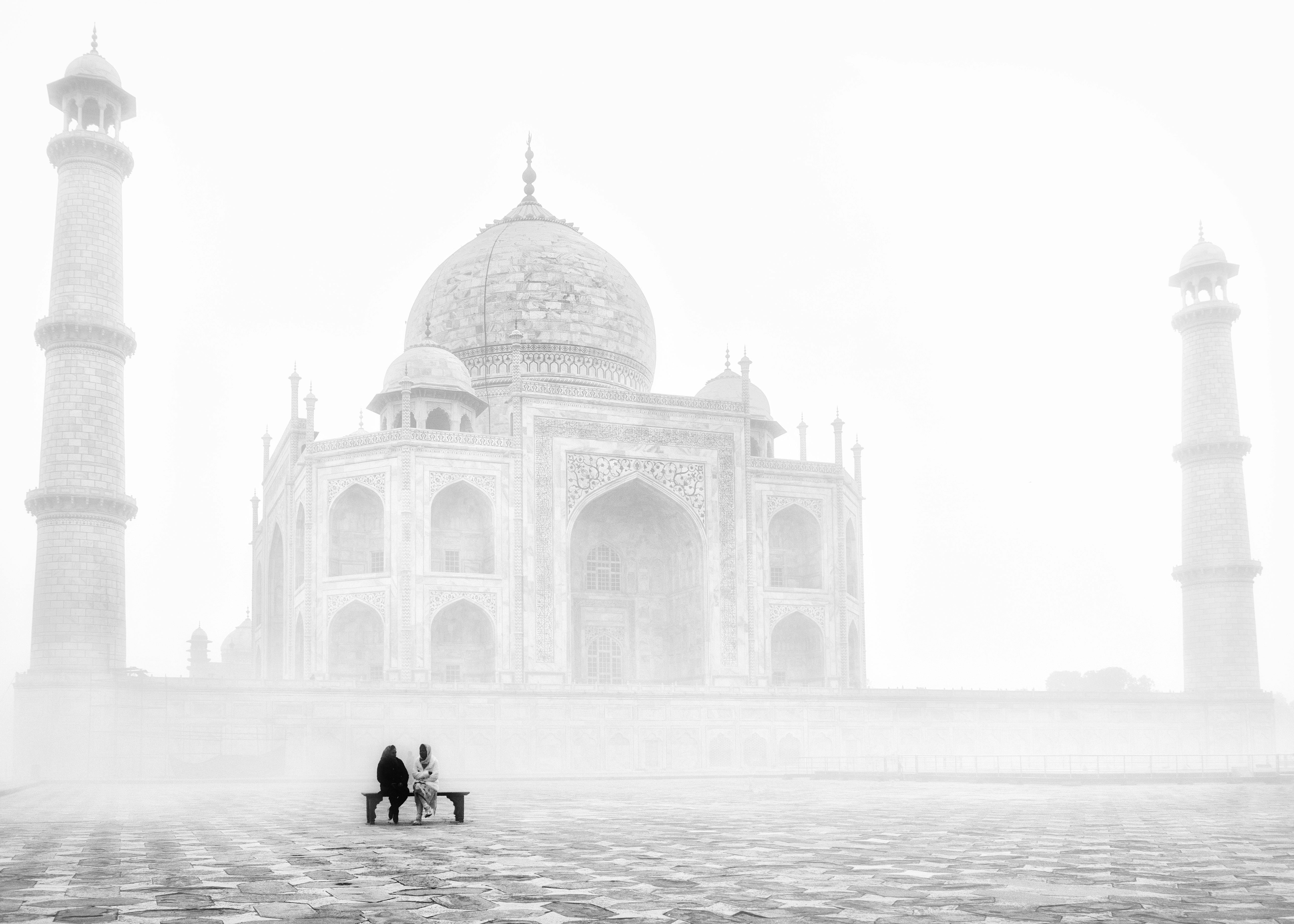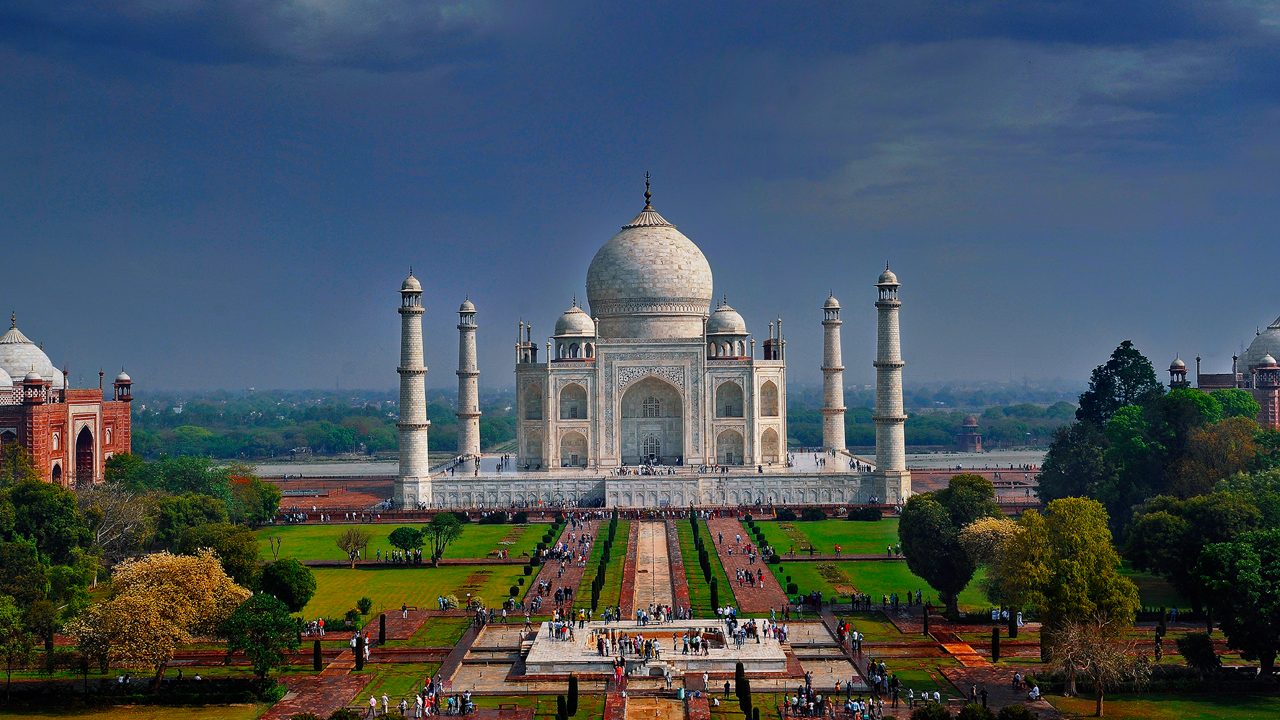The Archaeological Survey of India has confirmed water seepage in the central dome of the Taj Mahal, one of India’s most iconic monuments. The issue surfaced after continuous monsoon showers in Agra, drawing attention to conservation concerns at this globally admired heritage site. Though there is no immediate structural threat, the discovery has raised alarm among historians, conservationists, and tourism stakeholders.
During a routine inspection, ASI officials observed slight damp patches on the marble ceiling inside the main chamber of the mausoleum. The cause appears to be weathered joints and worn seams on the outer marble panels of the dome. According to ASI Director General V Vidyavathi, the seepage is not linked to any cracks or foundational damage, and restoration plans are already in motion. The ASI will undertake preventive grouting and re pointing measures before the next phase of heavy rainfall begins.
This incident comes at a time when discussions around the vulnerability of historic monuments in monsoon prone regions are gaining urgency. Moisture intrusion into marble can lead to staining, internal damage, and long term weakening of the surface integrity. Experts agree that while this particular case is manageable, it points to the need for consistent, climate sensitive conservation strategies to preserve heritage structures like the Taj Mahal.
Agra’s economy relies heavily on tourism, with around eight million visitors arriving every year to see the white marble wonder. Any issue linked to the monument can affect travel sentiment, especially among international tourists who rely on news and government advisories to make decisions. During the monsoon months, such updates can cause concern, leading to possible dips in hotel bookings, guided tour reservations, and footfall at local attractions.
The ASI has reassured visitors that the monument remains completely safe. Restoration work will be non intrusive and will not affect public access to the site. Tourism officials and hotel owners in Agra have expressed confidence in the swift response and transparency shown by the ASI. Many hotels are also updating their cancellation policies and travel communication to keep visitors informed and reassured during the ongoing rains.

The seepage has also prompted a broader conversation about preserving historical monuments amid shifting climate patterns. Conservation experts stress the importance of frequent inspections, responsive maintenance, and community awareness as rainfall patterns become more unpredictable. For a monument like the Taj Mahal, where even the smallest surface flaw invites global attention, early detection and transparent management are vital.
The ASI plans to enhance the monument’s drainage systems and apply protective grouting at vulnerable joints. Damaged marble surfaces will be dried and treated to prevent internal decay. The agency has also committed to publishing regular updates about any changes or additional repairs to maintain public trust and assure travellers of the site’s ongoing care.
The Taj Mahal’s allure remains timeless, and while nature poses challenges, timely preservation ensures that its legacy continues to shine. For travellers planning a visit during the monsoon season, the experience remains as breathtaking as ever. Visitors are encouraged to stay informed through official channels and enjoy the richness of Agra’s heritage offerings without worry.
Follow Travel Moves on Instagram and Facebook for verified updates, destination tips, and cultural travel insights across India’s most iconic landmarks








